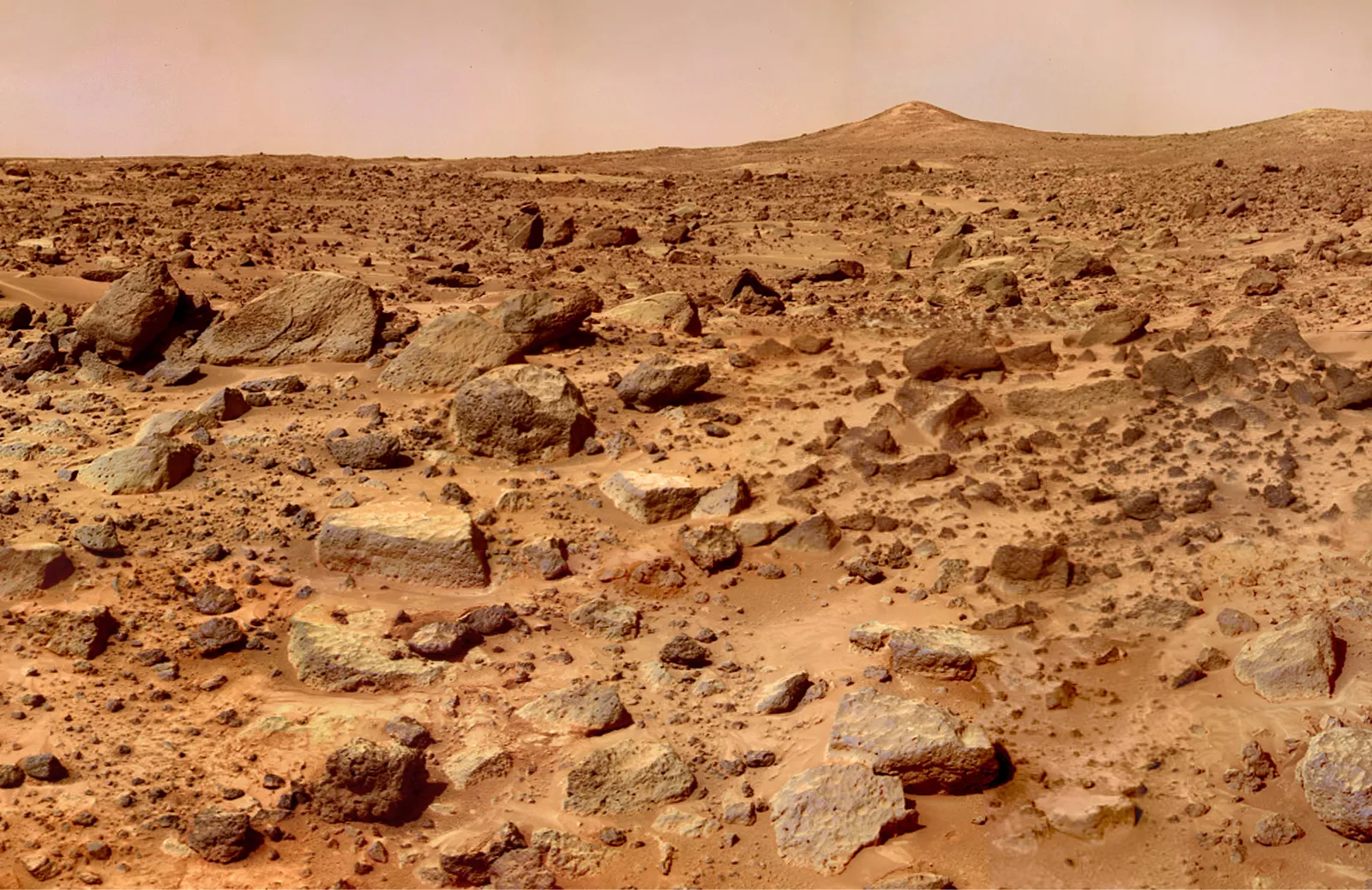
Bryn Mawr Assistant Professor of Geology Selby Cull-Hearth has received a grant from NASA to synthesize minerals in the lab to mimic those on Mars. The work will help researchers better understand data being collected through satellite-borne and ground-based instruments -- including data being used to suggest the existence of liquid water in the Red Planet’s history.
"Minerals can tell us where liquid water was, and when - but only if we know how to read them,” says Cull-Hearth. “If we know where the water was, we know where to search for signs of past life."
While the minerals Cull-Hearth and her students will be working with can easily be detected via orbital- or ground-based visible- to near-infrared (VNIR) spectroscopy, environmental interpretations based on their presence are only useful to the extent that researchers can estimate their abundances and distributions in geologic and geographic context. Because the minerals form in similar environments – and often are products of each other – they likely occur on Mars in mixtures, making it important for researchers to understand the spectral appearance of mixtures of iron oxide and sulfate minerals in the VNIR.
Cull-Hearth and other researchers have already pointed out the limitations of much of the current data. In two previous studies, Cull-Hearth and a team of Bryn Mawr Geology students examined iron-rich rocks in a number of abandoned mines in Pennsylvania and southern Spain and found that “spectral masking” caused by one mineral often obscured the presence of another.
However, before these results can be reliably applied to Mars, several questions must be answered such as -- If mineral X masks mineral Y, how much of mineral X is actually required for the masking? Is the masking relationship dependent of the grain size of the minerals involved? and more.
By working in the lab, Cull-Hearth hopes to answer those questions.
"The minerals we'll be synthesizing are rare on earth. We'll need to recreate ancient Mars conditions in Bryn Mawr's Geochemistry Lab in order to form them,” explains Cull-Hearth.
Cull-Hearth and her students have already done a good deal of the lab work and the research will continue until at least the end of the grant in spring 2017.